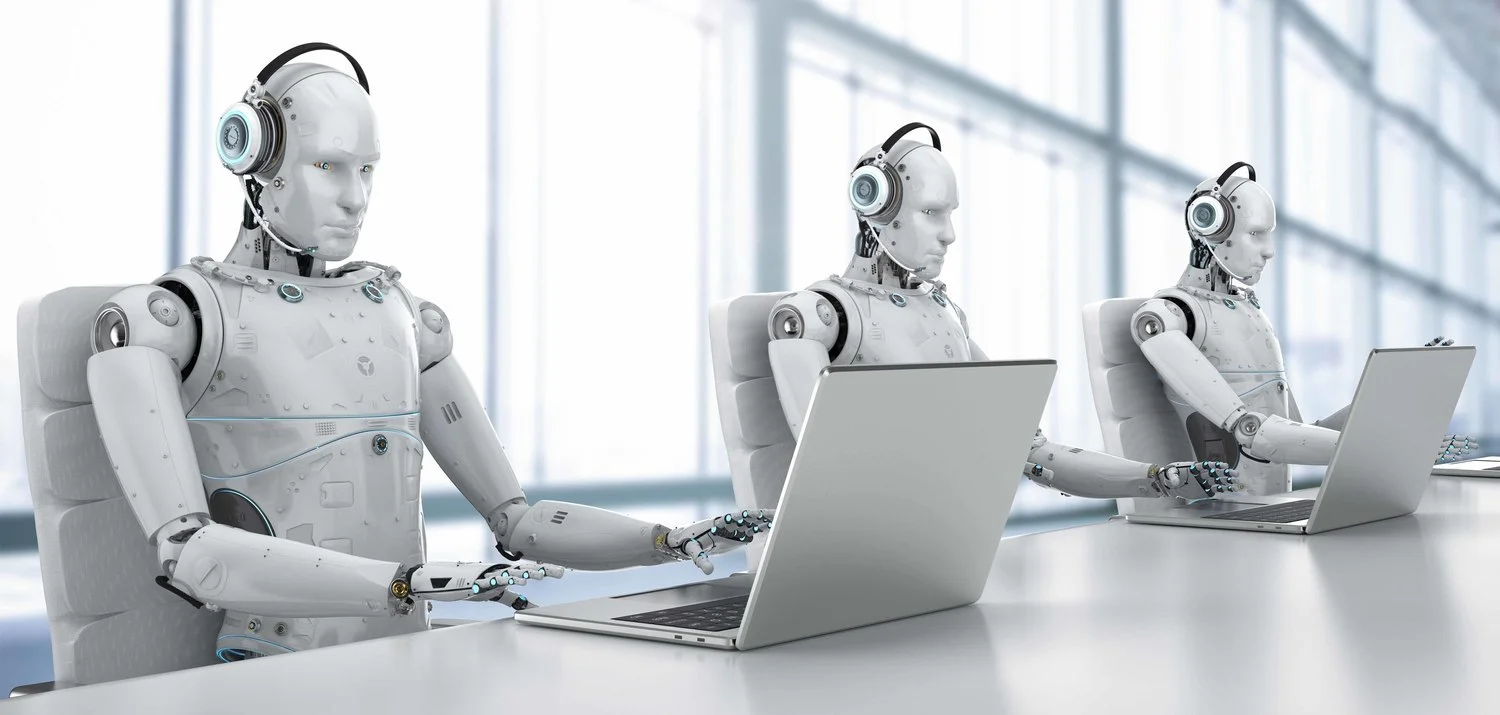Machine learning for business from Alan's blog
Machine learning is the process of analyzing a volume of data by an algorithm with the ability to make decisions based on previous experience.
A long time ago
Automation has been one of the pillars of successful business since the 16th century. After the first manufactories appeared, for hundreds of years, companies have been looking for and applying ways to reduce costs without compromising the quality of the product. Experiments with automating business processes using algorithms began in the 1950s. In the 2010s, major players began to sponsor and implement machine learning for business, and today it is already available to everyone - just reach out. In this article we will describe: how and where to reach out to painlessly get acquainted with machine learning and robots.
About technology
Before making a decision on implementation, it is necessary to get acquainted with the technology itself and answer the following questions:
- What is machine learning?
- Who is studying and where?
- What is the difference between a machine learning algorithm and a regular program?
Machine learning is the process of analyzing a volume of data by an algorithm with the ability to make decisions based on previous experience. There are several types of implementation of machine learning algorithms:
- Training the program on the data array: The person determines the purpose and direction of the program.
- Self-learning program: The program will know the result (what is right and what is wrong), and based on the data learns to look for relationships that lead to known results.
The points above do not have advantages over each other, and each implementation is designed for its own scope of business tasks. Differences in the application of technology are visible in the solution of a simple problem:
There are 10 eggs in one basket of a farmer, where 1 is cracked. Task: find the defective egg:
- In the first case, the farmer must show 1000 cracked eggs to the algorithm before showing the eggs in the basket. The algorithm will find the defective object because it knows what cracks look like in all variations.
- With self-learning, the program must know which egg is healthy, and in the analysis it will form the characteristics of a healthy egg. During analysis, the algorithm will identify a defective object, but it may not know that the defect is a crack.
About business
The capitalization of the implementation of machine learning in business is growing by more than 44% every year. The dynamics of such growth is justified not only by the involvement of large companies in the development, but also by the availability of this technology for businesses of any size. And what exactly can machine learning give such a business?
- Automation of routine processes.
- Partial or complete replacement of the human resource.
Below is one of the possible cases of using ML and robots to optimize a painful process without a single line of program code.

Case: Help Desk
Company : Online store, 50+ employees.
Task : Optimize and expedite the processing of support tickets.
Current Solution : First line support worker accepts online claims via chat or email. The support employee subsequently either tries to resolve the issue on his own, or transfers the request to a more competent specialist.
What we do : First of all, it is necessary to form the current algorithm of the employee's actions, and then look - what can be simplified or accelerated:
oneThe client forms an appeal, where he describes the problem.
2The support officer reviews the appeal and makes a decision.
3If the employee is qualified enough to quickly resolve the problem, he informs the client about it and the application is closed.
4If the employee cannot help with the solution of the problem, then he initiates the collection of information on the current issue.
fiveThe employee passes the information, the application, and the client to a more qualified specialist.
6Then one of the following scenarios is possible:
- The specialist helps in solving the problem.
- The specialist forms an application for a subsequent decision.
A certain percentage of hits is limited to the first three steps. The helpdesk has scripts to solve known problems - these can be optimized using machine learning. For complex scenarios, you can automate the collection of information about the subscriber.

The Wall